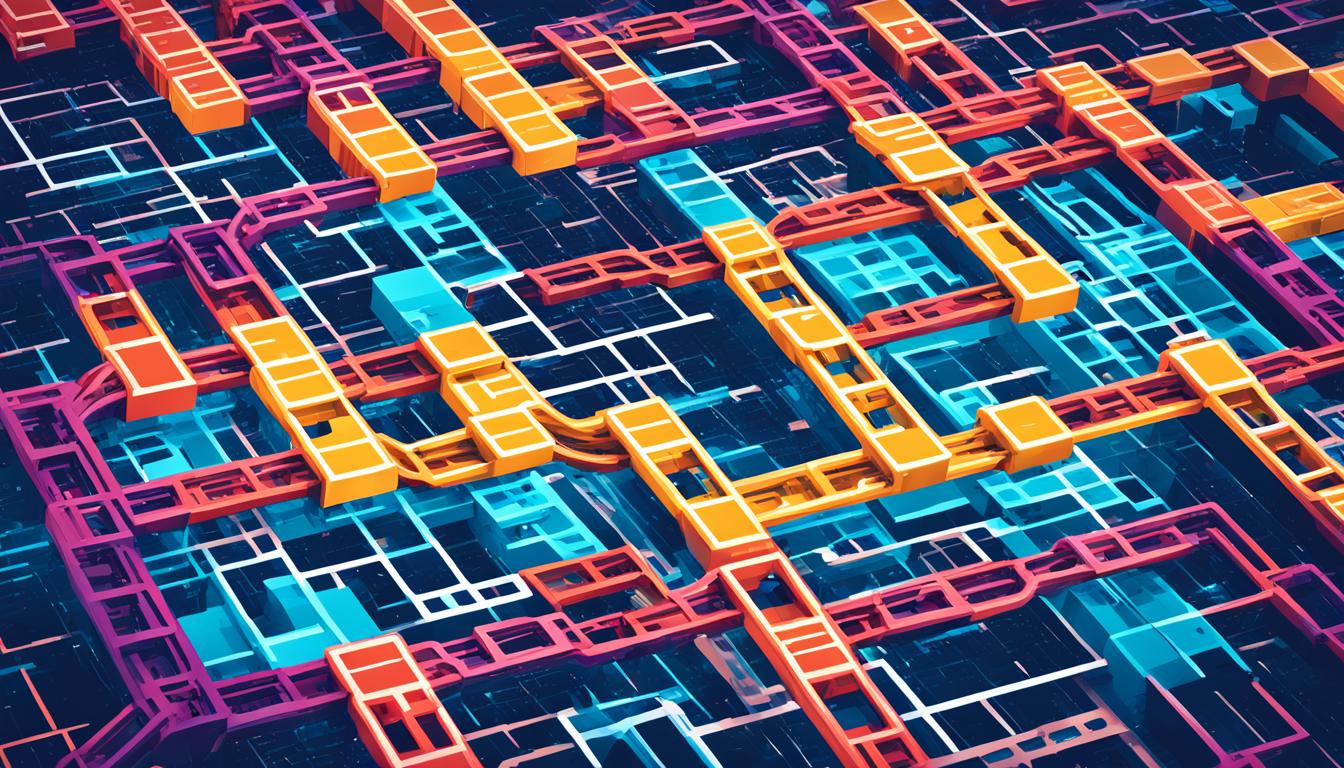Web3 is the next version of the internet, built on blockchain technology. Instead of relying on big tech companies, it shifts control to users and communities. Using tools like smart contracts, tokens, and decentralized networks, Web3 aims to give people more power over their data, digital identity, and online assets.
This user-first model opens the door to a more private, secure, and financially inclusive internet. Though still evolving, Web3 is gaining momentum in areas like decentralized finance (DeFi), NFTs, gaming, and the metaverse — and it’s shaping how we’ll interact online in the future.

